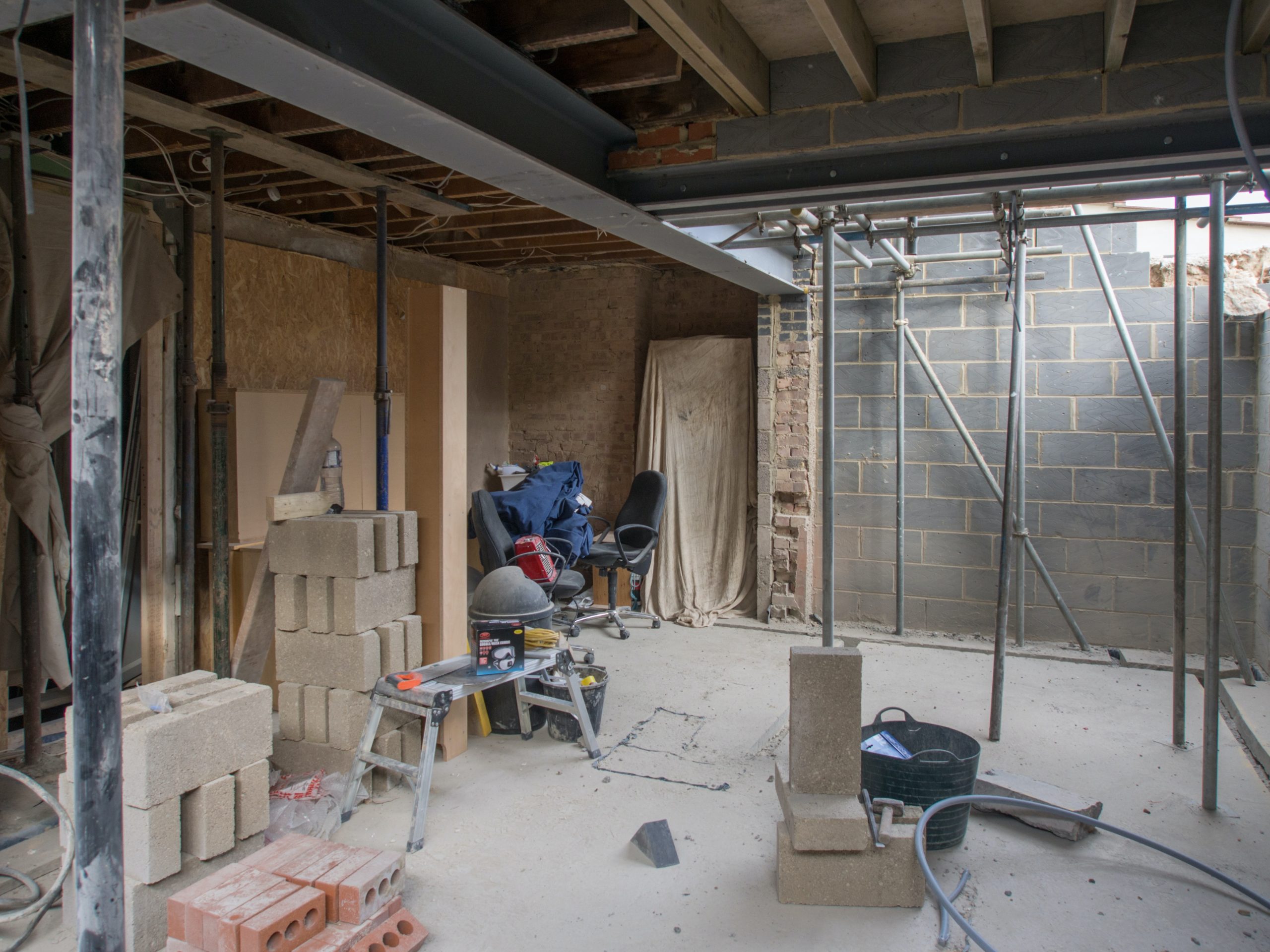The most suitable bead should be selected based on the required application, plaster or render depth, and the desired finish.
Hook-on angle bead uses micro hooks every 40mm to grip the plasterboard however plaster dabs or fixings such as nails or staples can be used.
For regular beads we recommend fixings at a maximum of 600mm intervals.
Beads can also be attached to lath sheets with galvanised or stainless steel tye wires.
Use tinsnips or fine tooth saw to cut the desired bead to length.
Steel beads should be kept dry, stored and handled in a way that prevents distortion and general damage, especially to the galvanised coating. This means keeping them off the ground and on a flat surface.
The risk of corrosion in galvanised beads will only become apparent during the initial drying out period of the plaster, which should be kept to an absolute minimum (maximum 5-7 days), and subsequently during periods of heavy condensation and dampness.
Stainless steel or PVC-U beads must be used in external applications and in conditions where heavy condensation, persistent damp or regular exposure to moisture is likely.
Stainless steel beads should only be used with cement-based renders and should not be used with gypsum-based plasters unless they have an approved protective finish.
PVC Plaster Beads are intended for use outside where galvanised beads cannot be used or where stainless steel is preferred. They are also used internally in areas with high moisture content or where long drying out periods are required.
PVC Bead is typically supplied in white, but many other colours are available upon request by providing us with the relevant ‘RAL’ reference code.
JBS beads should be in installed in line with British Standards 5492:1990 & 5492:1991.


